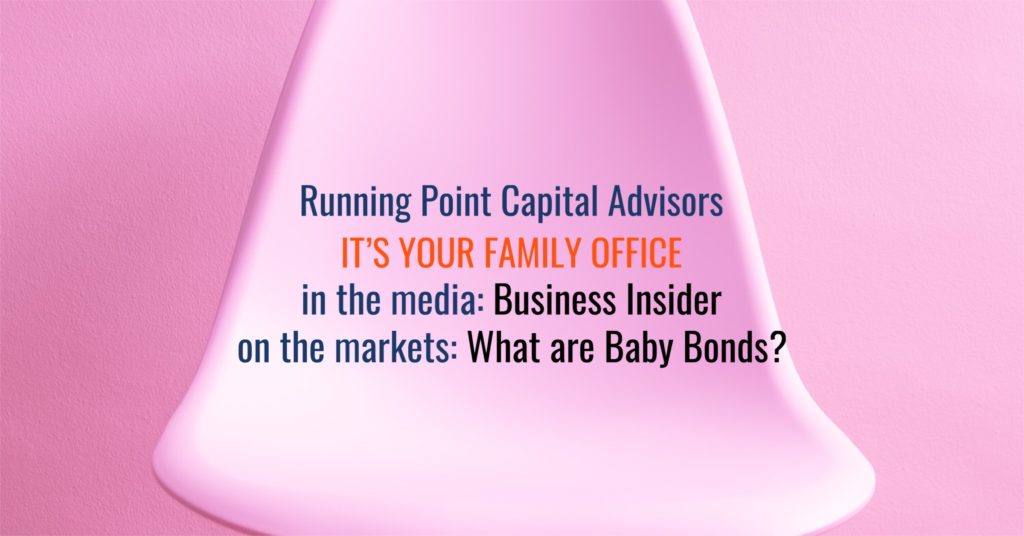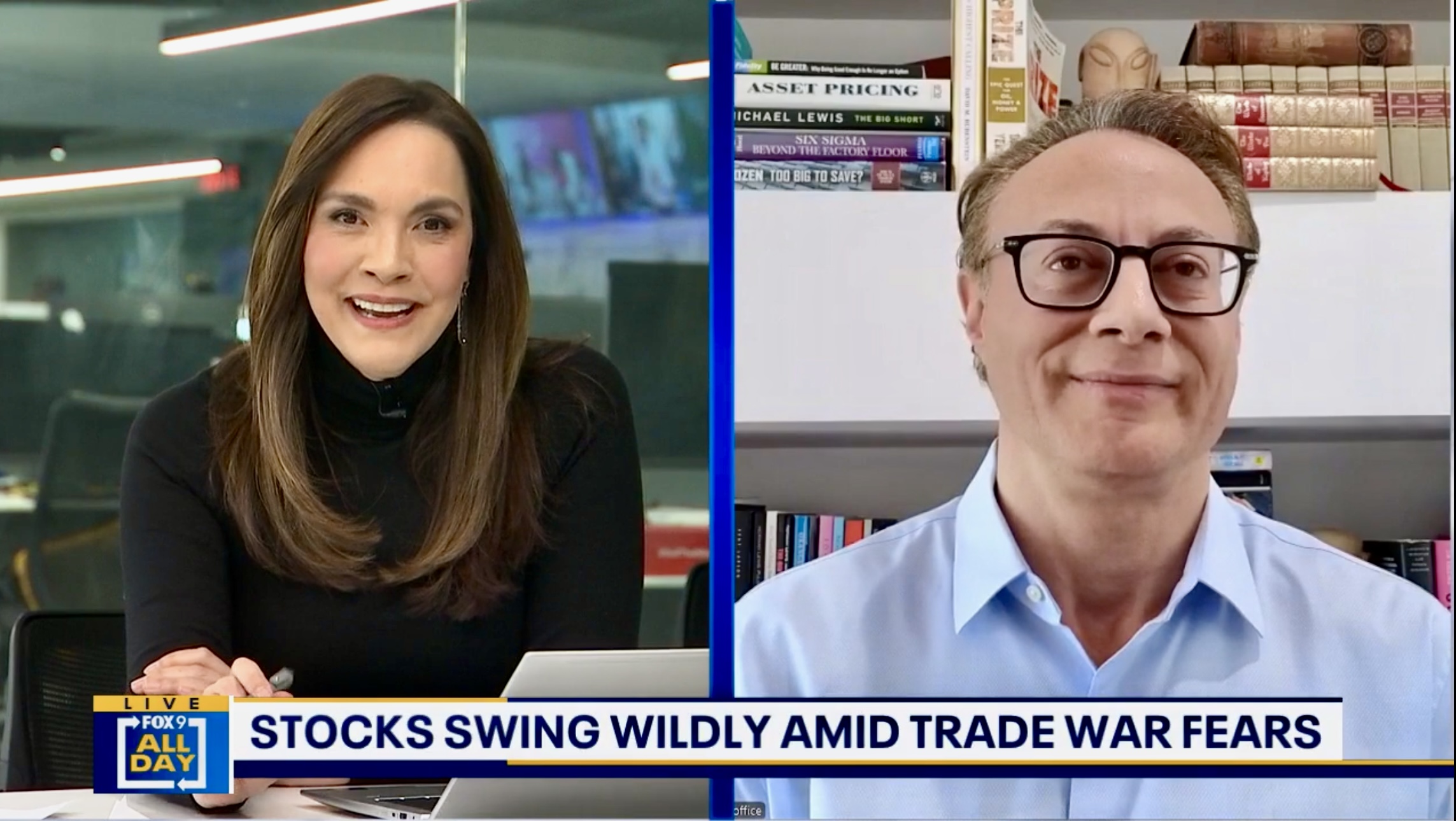Don’t put baby bonds in a corner
Running Point and its chief investment officer, Michael Ashley Schulman, CFA, were quoted by Business Insider in an article — by Rickie Houston, “What are baby bonds, and how do they work?” — regarding investing in “baby bonds”, a generic term for debt instruments issued in denominations smaller than $1,000 par. They are commonly issued in denominations of $25 or $50 by corporations, municipalities, or the federal government.
Note 1: Par value is the amount of money that bond issuers promise to repay upon a bond’s maturity date.
Note 2: Don’t confuse tradable “baby bonds” with a proposed government policy also called “baby bonds” in which children receive at birth a publicly funded trust account to help reduce the racial wealth gap in the United States.
Price and yield tantrums can create value!
Yields on baby bonds can fluctuate wildly above or below their $1,000 par contemporaries depending on market conditions. This can provide an advantage to a buyer when a baby bond’s price is relatively low and the correspnding yield is relatively high compared to a regular $1,000 par bond, but a disadvantage when valuations are opposite. Additionally, one should always understand where in the capital stack a baby bond resides; they are usually unsecured debt, meaning that they are senior to equity and preferred equity, but lower in priority than secured bonds and loans.
Quoted article excerpts are below:
Baby bonds generally refer to bond debt issued in denominations smaller than $1,000 par, according to Michael Ashley Schulman, CFA at Running Point Capital Advisors, a multifamily office. Par value is the same as face value or principal, and it represents the original amount you pay for a bond.
“Corporate baby bonds often function much like regular bonds but trade on public stock exchanges in smaller increments than regular bonds, which normally trade over the counter or outside of an exchange,” he explains. “They are designed to be easier for smaller investors to follow and trade—although that is not always the case.”
“Lack of liquidity is also frequently an issue when trading, as bid/ask [sell/buy] price ranges can be quite wide,” explains Schulman. “If one had to get out of a large quantity of baby bonds quickly,” he adds, “the price could be driven down in the short-term just on a single person’s selling pressure.”

Disclosure: The opinions expressed are those of Running Point Capital Advisors, LLC (Running Point) and are subject to change without notice. The opinions referenced are as of the date of publication, may be modified due to changes in the market or economic conditions, and may not necessarily come to pass. Past performance is not indicative of future results. Forward-looking statements cannot be guaranteed. Running Point is an investment adviser registered with the U.S. Securities and Exchange Commission. Registration does not imply a certain level of skill or training. More information about Running Point’s investment advisory services and fees can be found in its Form ADV Part 2, which is available upon request. RP-23-02


